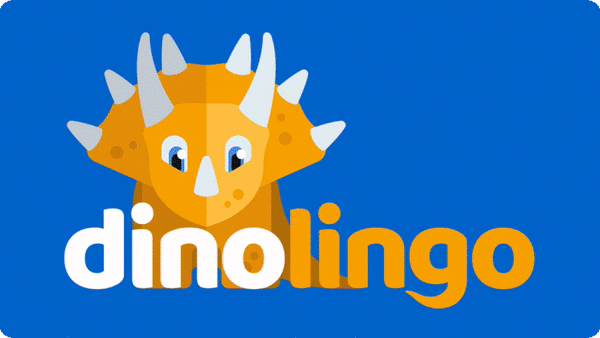“Hello” What a friendly word! It feels universal although, I speak for myself when I say this viewpoint is narrow-minded. With over 7000 languages worldwide, this incredible salutation has massive variants.
‘HELLO’ sounds different in many languages, and learning this word in a variety of languages is not only fun, but it’s also a game-changer!
- Turkish – Merhaba
- Irish – Dia Dhuit or / What’s the story?
- Korean – 안녕하세요- annyeonghaseyo
- Dutch – Hallo
- Japanese – こんにちは- Kon’nichiwa
- Hindi – नमस्ते- Namastē
- Polish – cześć
- Swedish – Hej
- German – Hallo
- Russian – привет- privet
- Arabic – مرحبا
- Finnish – Moi
- Spanish – Hola
- Portuguese – Olá
- İtalian – Ciao
- Bulgarian – здравей- zdraveĭRussian
- Greek – γειά σου- geiá sou
- Chinese – 您好 !- Nín hǎo!
- French – Bonjour
- Czech – Ahoj
- Norwegian – Hallo
- Hebrew – שלום
- Danish – Hej
- Korean – 안녕하세요- annyeonghaseyo
- Latin – Salve
- Hawaiian – Aloha
- Swahili – Hello
- Haitian Creole – Bonjou
- Ukrainian – Здравствуйте Zdravstvuyte
- Navajo – Yá’át’ééh
- Icelandic – Halló
- Ewokese – Goopa (Star Wars Episode VI: Return of the Jedi)
We lean in on Albert Mehrabian’s 7%-38%-55% rule, especially when it comes to such impressional moments as first-impression greetings. How we say it means so much, as an adult to another adult. But from the point of view of a child, DinoLingo takes a deep dive into our language, literally, the words we choose as a child to say hello to a friend, a neighbor, a person we are taught to trust. Using the language of another embraces that ‘connection’ we desire as human beings. As a child, ‘language’ matters a lot!
updated 2/3/2021
